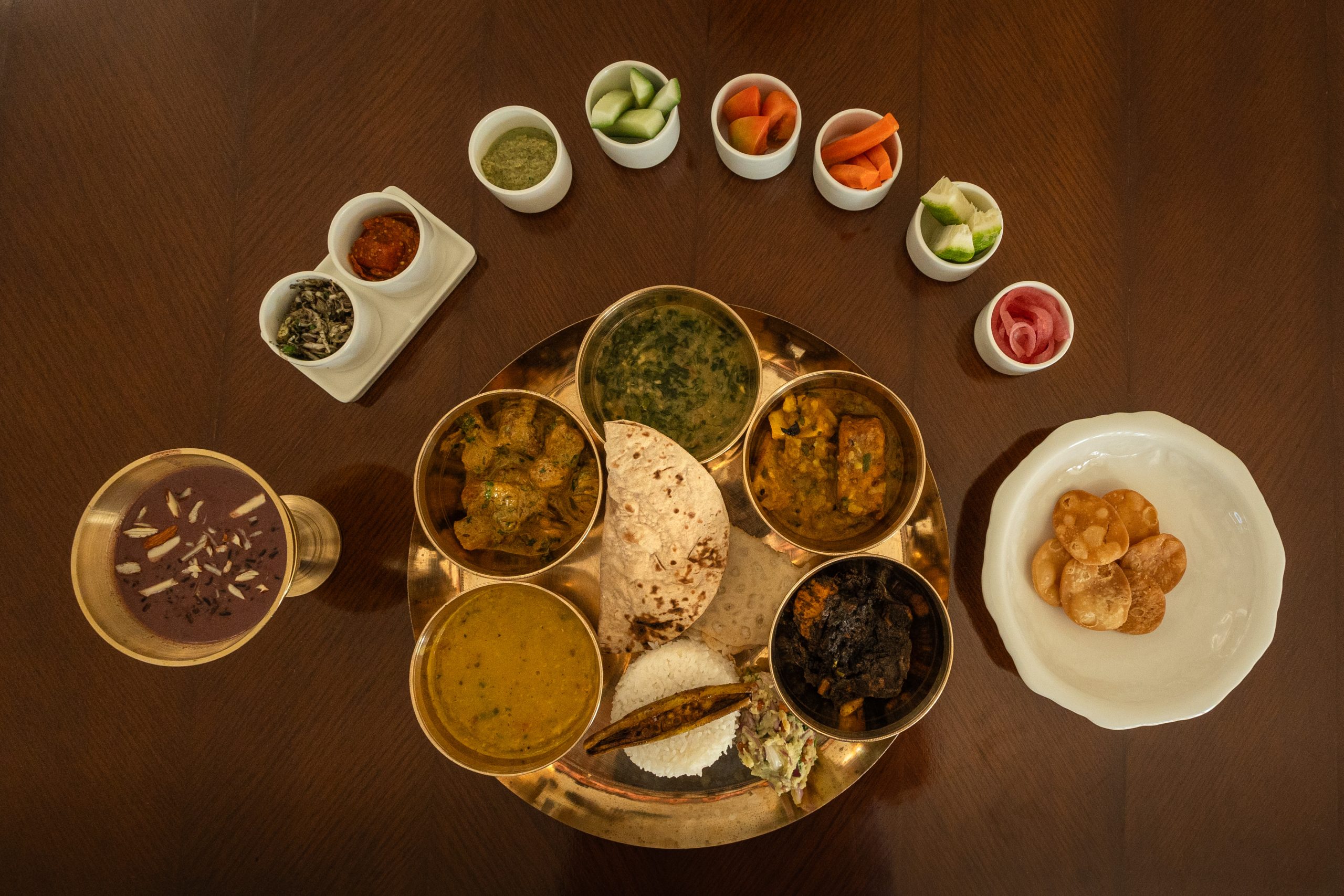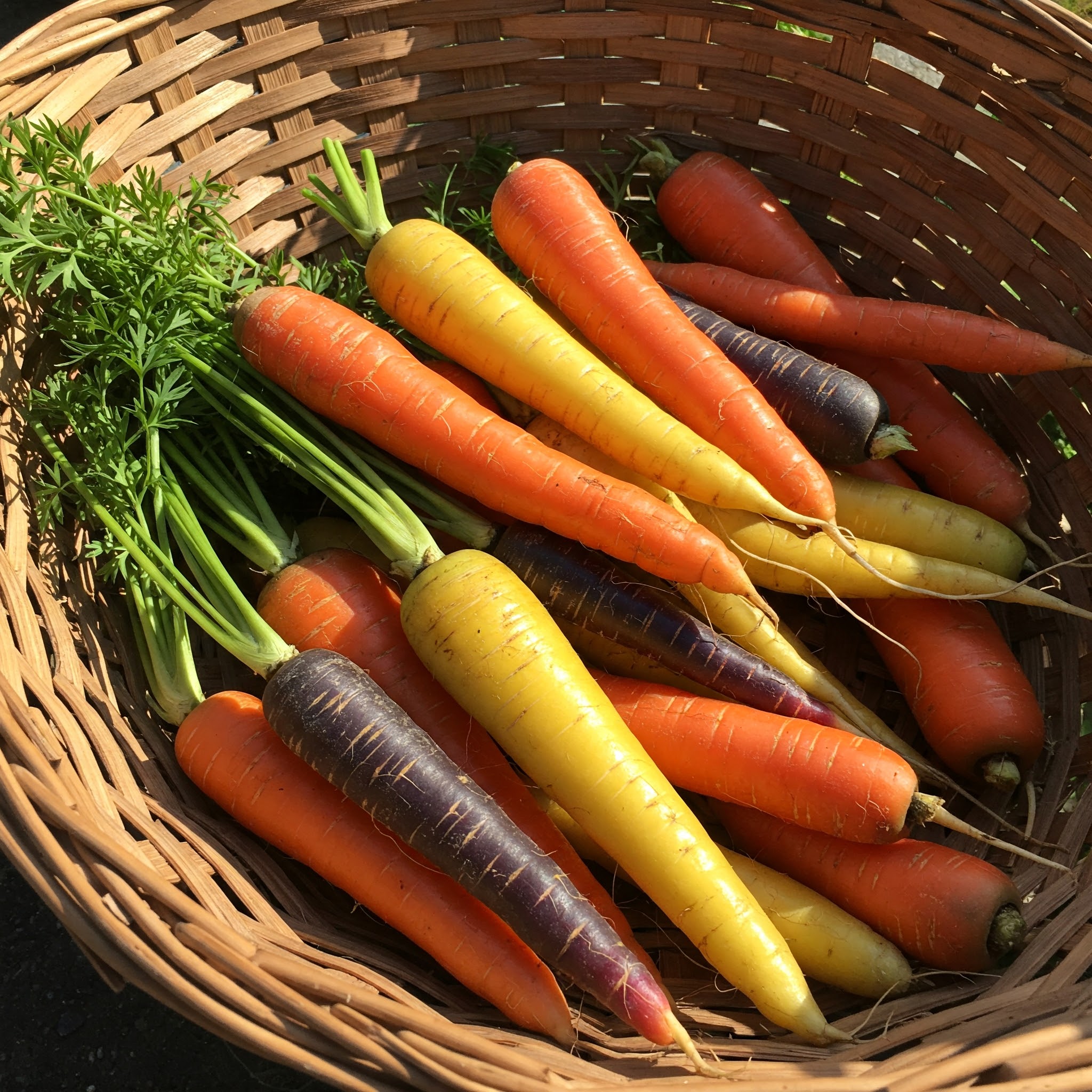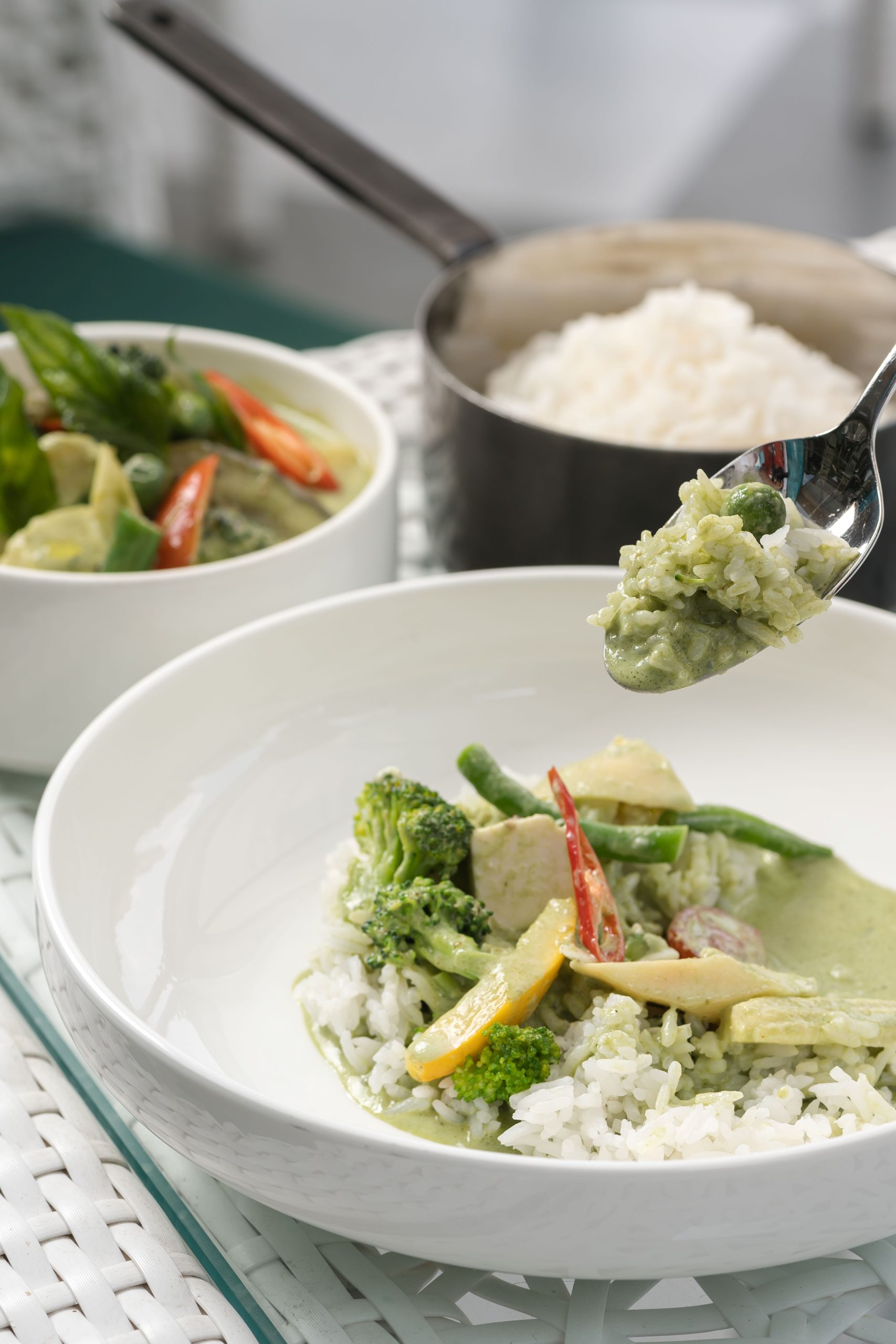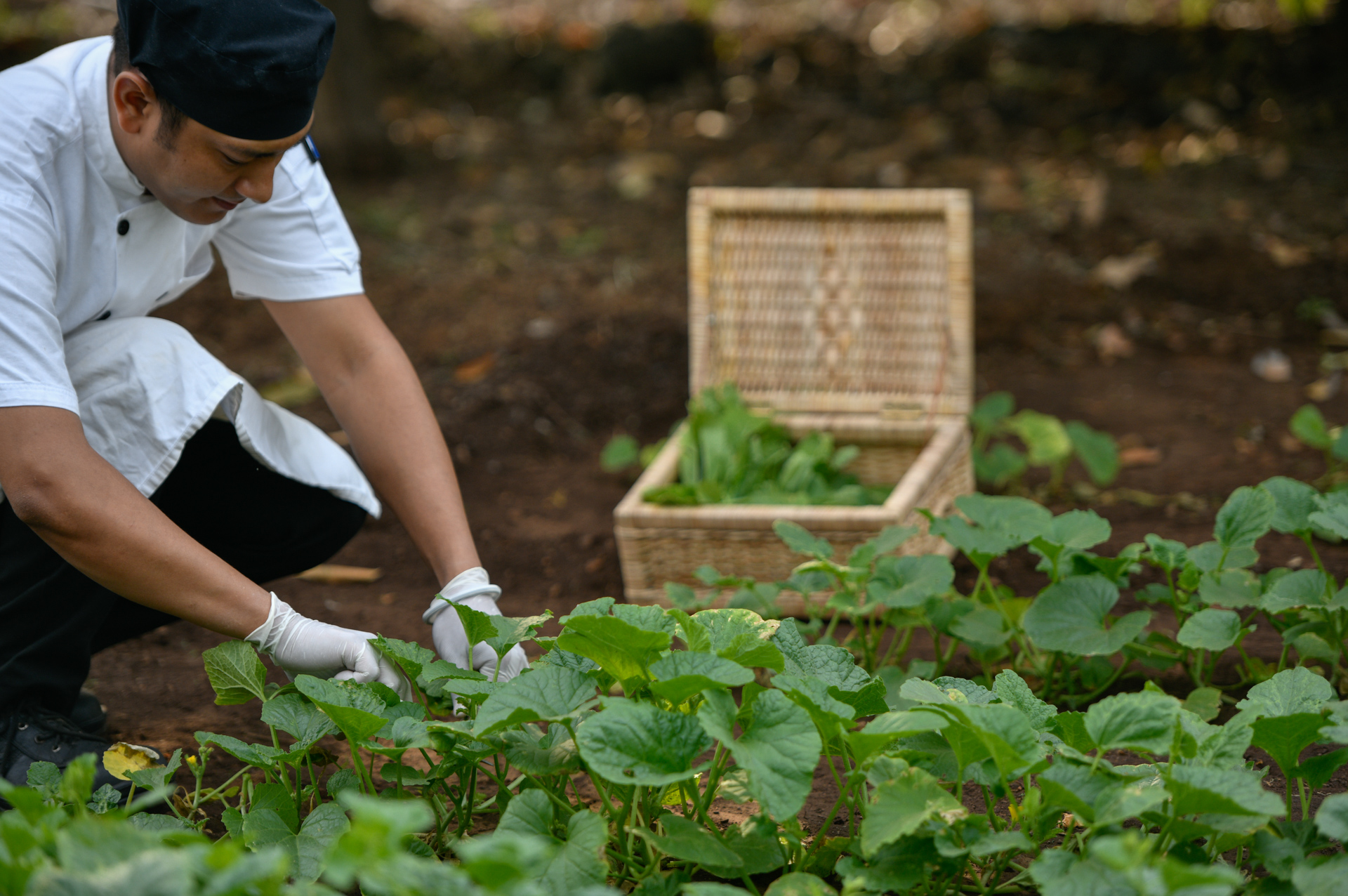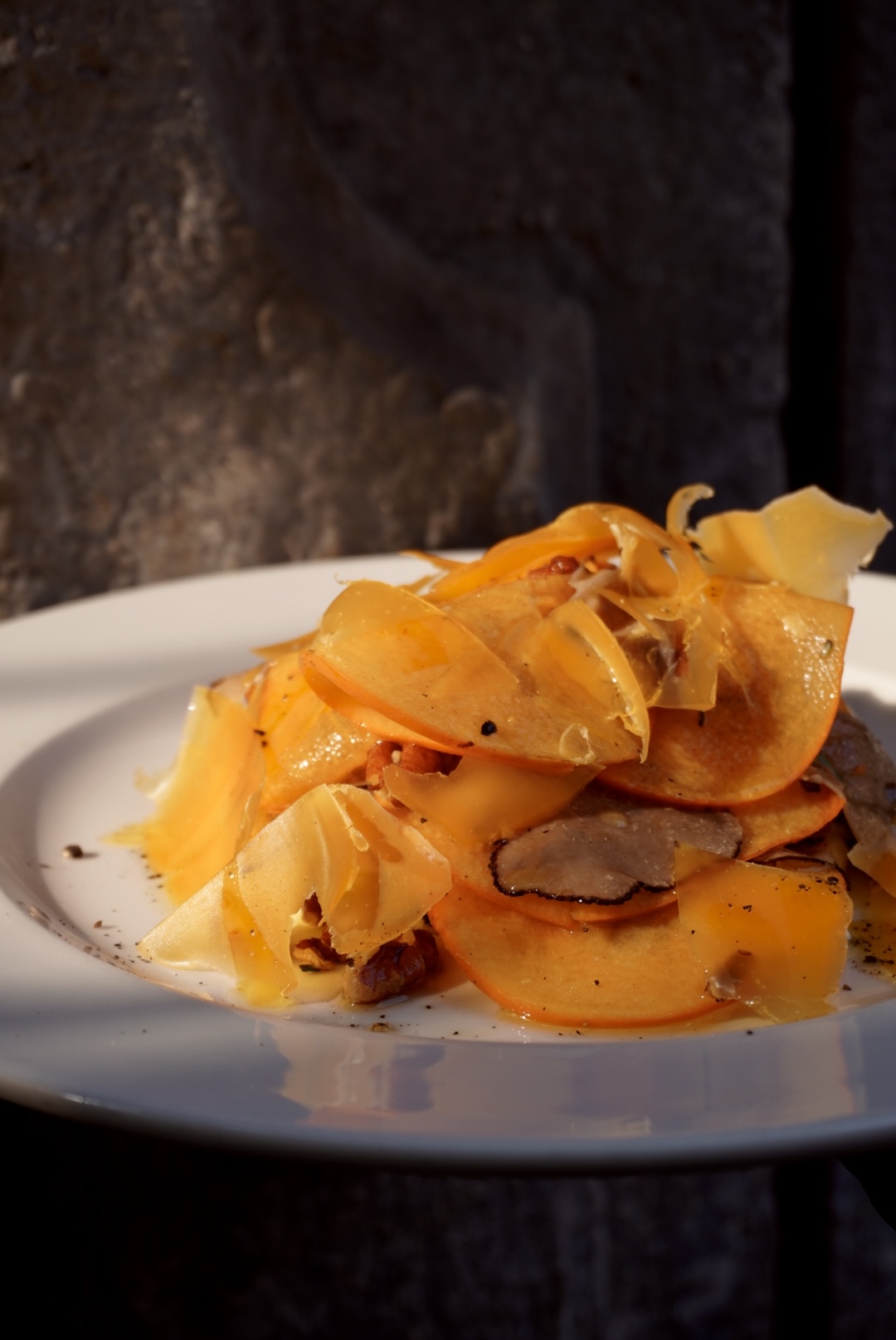Globalisation of the modern world has given us many good things. Increased connectivity, access to newer ideas, and the ability to get anything, anytime. Imagine being able to eat mangoes in winter. Thanks to cryogenic freezing and fast transportation, now you can! But is that what the modern diner is looking for?
There was a time when fine dining restaurants boasted about being able to source the finest ingredients from world over, at any time, to offer the most delectable dishes to their patrons. A Japanese restaurant in New Delhi would boast about their Wagyu beef that comes straight from Japan. Another restaurant in Mumbai would pride at being able to import fresh lobster from France for its seafood-inspired menu.
That was the era when fine diners, after experiencing unique dishes at different cities across the world, craved for the same taste back home. Today, however, they want their food to be, well, like home. Now that everyone’s been there, done that, food enthusiasts are looking for freshness, coupled with sustainability, and innovation. Menus, based on the seasons of India, are back in trend.
It’s fresh
I remember my nani boiling raw mangoes, peeling them, squashing them, and then tempering them to finally hand us the delicious, chilled aam panna on balmy summer evenings. It is, perhaps, every Indian millennial’s most fond memory. My dadi, on the other hand, had allegiance to bael ka sharbat (woodapple juice). She would follow a similar process that would take her a whole day, and a lot of arm strength, to produce the thick, funky shake. And when summer was over, we would wait for an entire year to get these delicacies again.
From kaali gajar ki kanji, which celebrates the arrival of spring, to the crunchy ber in summer, to the tangy kamrakh ka achaar that appeared on our table in autumn — my list of memories can go on and on.
Today, you can get everything bottled or packaged. But does that emulate the taste and freshness? Not even close. Capturing the freshness is the biggest advantage of seasonal dining. And believe it or not, diners can discern the difference between fresh produce and frozen or canned produce. “Seasonal ingredients not only provide the freshest flavours but also ensure the highest quality and nutritional value…By embracing what is in season, we can craft dishes that are vibrant, full of flavour, and perfectly aligned with the time of year,” explains Chef Gurmeet Singh Bhamra, Executive Chef at The Oberoi, Mumbai.
“These carrots, with their natural sweetness and depth of taste, offer remarkable versatility,” says Executive Chef Gurmeet Singh Bhamra. Courtesy: The Oberoi, Mumbai
The Postcard Hotel chain, which has properties in unique corners of India, ensures it is using fresh produce, aligned with the culinary culture of the region, to offer hyperlocal dishes. Assam, where The Postcard in the Durrung Tea Estate is located, offers an incredible variety of seasonal produce, from fresh river fish to indigenous herbs, heirloom rice, and citrusy Ou Tenga (elephant apple). The region’s changing seasons bring unique ingredients like bamboo shoots in the monsoons and black sesame seeds in winter. Thanks to this biodiversity, The Postcard in the Durrung Tea Estate, Assam is able to refresh its menus every few months to align with harvest cycles. It offers Assamese dishes like Masor Tenga, a tangy fish curry made with seasonal river fish, and Amita Kukurar Jul, a chicken curry infused with raw papaya.
For Chef Philippe Agnese, Executive Chef at The Imperial, New Delhi, the various leafy saags hold much importance. “Saag Kalmi, Saag Haq, and Saag Sarson each hold a special place in my culinary repertoire…These seasonal greens are not only rich in flavour but also deeply rooted in India’s culinary heritage. Saag Kalmi is known for its delicate texture and earthy taste, making it a versatile ingredient in both traditional and contemporary dishes. Saag Haq, cherished in Kashmiri cuisine, brings a unique depth of flavour and is packed with nutrients, making it a wholesome choice. Saag Sarson, the heart of the iconic Sarson da Saag, embodies the warmth and soul of North Indian winter cuisine with its bold, peppery notes and rich, comforting essence. Each of these seasonal greens brings its own character to the table, celebrating the richness of nature and the beauty of regional flavours.”
It’s limited edition
The direct consequence of having seasonal menus is it’s limited edition availability. And that becomes a big draw for diners who are always on the hunt for something unique and different. Chef Jyot Rana, Executive Sous Chef at Fairmont Jaipur, concurs, “Limited-time seasonal dishes create a sense of urgency and exclusivity, making dining more special.” America’s National Restaurant Association, in fact, highlighted limited-time-only menus as one of the top 10 macro trends in dining in 2025.
Chef Agnese agrees, but gives a slightly more complex view – “While a segment of diners — particularly food enthusiasts — appreciate the creativity and freshness of seasonal menus, many guests still gravitate towards timeless classics and familiar flavors. These signature dishes, often rooted in tradition, provide a sense of comfort and reliability, even if they don’t always rely on seasonal ingredients.”
Having said that, restaurants at The Imperial New Delhi change their menu almost every two months to ‘keep the culinary journey exciting and innovative’. Chef Agnese mentions, “One of our most popular seasonal dishes is our signature Thai Green Curry with Green Eggplant, a rare ingredient available for only 3-4 months each year. This exquisite curry, crafted with aromatic herbs and authentic Thai flavors, became a standout favourite among our diners, celebrated for its depth of flavour and unique seasonal touch.”
A vibrant bowl of Thai green curry with jasmine rice, bursting with fresh vegetables, and aromatic herbs. Courtesy: The Imperial, New Delhi.
Accompanying the sense of urgency, limited edition menus also pique diners’ curiosity on what a restaurant could have done with seemingly simple ingredients. Gauri Devidayal, Director & Co-founder of Food Matters Group, has particularly seen this happening at her restaurant. The Table, which was recently recognized as one of the world’s 50 best restaurants, modifies its menu more frequently than others. “New dishes are added to our menus on a week-on-week basis what is actually available and fresh in the market. Hence, guests often walk into the restaurant every week, as compared to visiting a ‘seasonal tasting menu’ restaurant every quarter,” she says.
According to Chef Will Aghajanian, Culinary Director of Food Matters Group, the Fuyu Persimmon Salad, the Sugar Snap Peas Salad and the Guava Ravioli were very popular among their guests. The Fig Leaf ice-cream was a big hit, and the Strawberry Meringue Cake received much guest love.
Chef Bhamra mentions the humble carrot as his favorite seasonal ingredient. “It [carrot] is a staple available year-round, yet it is during the fall and winter months that we can procure the best Indian carrots, known for their exceptional sweetness and rich flavour. These carrots, with their natural sweetness and depth of taste, offer remarkable versatility. At The Oberoi, Mumbai, we celebrate this bounty by incorporating carrots in various forms across our menu, from the comforting warmth of gajar ka halwa to the indulgent cinnamon-infused carrot cake, perfect for the festive season. Carrots are available in a diverse spectrum of hues — ranging from vibrant purple and red to sunny yellow and pure white — these add both visual appeal and a unique depth of flavour to our dishes.”
It’s sustainable
Harvesting fresh greens from the kitchen garden, embodying the farm-to-table ethos with every tender pick. Courtesy: The Postcard Hotel
Beyond the taste and texture, seasonal ingredients serve another, higher purpose – sustainability. Using locally produced ingredients reduces transportation, and therefore a restaurant’s carbon footprint.
Studies have found that global food miles equate to about 3.0 gigatonnes of carbon dioxide equivalent (GtCO2e), indicating that transport accounts for 19% of total food system emissions. The transport of fruit and vegetables contributes 36% of food miles emissions – around twice the amount of greenhouse gases (GHG) released during their production.
Field-to-fork, therefore, assumes even more importance with these numbers. In fact, sourcing locally also helps support local businesses, thus ensuring investment in your direct community. Chef Bhamra agrees, “We source our ingredients from a variety of trusted local suppliers, farms, and markets. We have tie-ups with suppliers and farmers from in and around Mumbai, providing us with the freshest produce every morning. We have also been investing in sourcing hydroponically grown leafy vegetables. Major chunk of our seafood comes straight from the Sassoon Docks, Colaba every morning. Whenever possible, we prioritize organic and locally grown produce, ensuring that the ingredients we use are not only fresh and in-season but also support local agriculture and reduce our carbon footprint.”
Food Matters Group, along with sourcing from Sasoon Docks, also produces a lot of its own produce in Alibaug. “We produce close to 1500 kg of vegetables, herbs, and fruits at the Farm that is used at The Table and Mag St. All our bread is made inhouse by the team of Mag St. Bread Co. with flour sourced from Punjab,” mentions Chef Aghajanian.
While Fairmont Jaipur sources from the city’s largest produce market – the Muhana Mandi – The Postcard Gir Wildlife Sanctuary in Gujarat sources seafood from Veraval’s bustling fishing docks.
It’s profitable
Sustainability has a directly positive effect on the economics of a restaurant – at least in the dining industry. All the restaurants I spoke to agree that lower transportation costs help the bottom line. Sourcing seasonal produce locally not only ensures you get the ingredients fresh and fast, but also at a cheaper price, owing to their abundance at that particular season. Buying directly from farmers can eliminate the middleman, allowing restaurants to negotiate better prices.
Seasonal menus, owing to their limited edition appeal, prompt diners to revisit their preferred restaurants regularly and experience new dishes, thus driving profitability even further. Using simple seasonal ingredients also challenges the culinary team to innovate something different every year, thus giving another reason to loyal diners to come back. After all, you can’t eat the same mango pudding every year!
Crafted with the season’s best — The Table’s menu reflects their commitment to freshness, sustainability, and the fleeting beauty of locally available produce. Courtesy: The Table – Food Matters Group
In short, there is no reason not to love seasonal menus. Chef Agnese summarises it succinctly, “It’s [seasonal produce is] a commitment to excellence — both on the plate and beyond.”
Indian diners, on their part, know what they want, and they are loving it. As India’s luxury dining landscape advances from global to glocal, there are only winners. Kartik Joshi, Resort Manager of The Postcard Gir Wildlife Sanctuary, concludes perfectly: “Today’s luxury diners seek more than just a meal — they want an experience rooted in authenticity and sustainability. Seasonal dining aligns with this shift, offering fresh, conscious, and regionally inspired cuisine. More fine dining restaurants are adopting this approach, recognising that it enhances both culinary excellence and profitability.”
Words by Soumya Jain Agarwal
Featured Image by The Postcard in the Durrung Tea Estate, Assam
